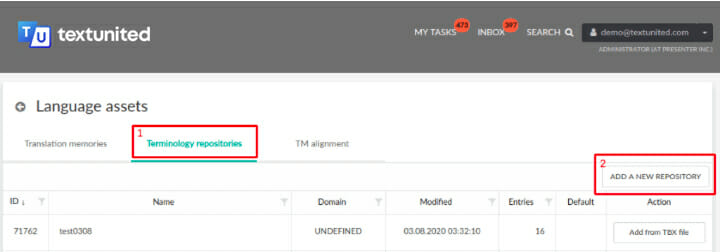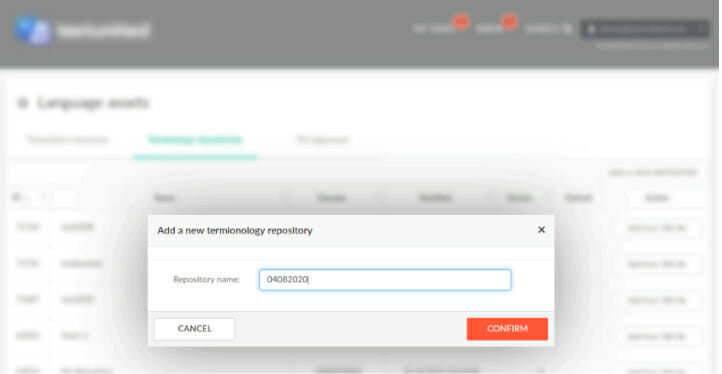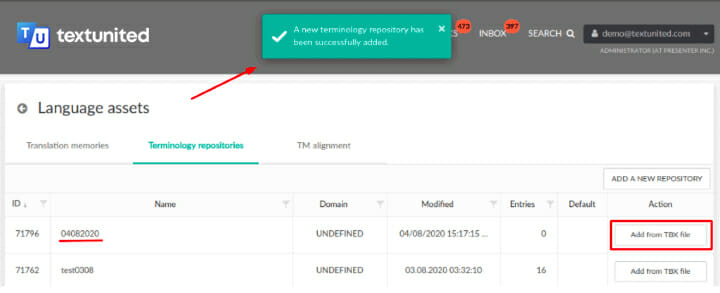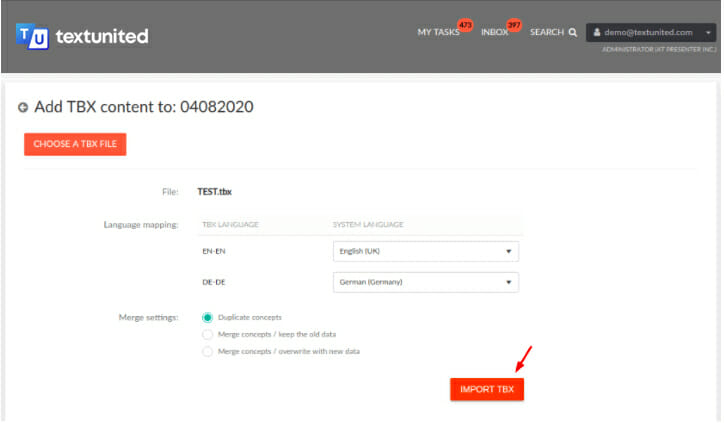Before we talk about the positive sides of having a Termbase, let us clearly define Termbase as a database containing terminology and related information.
Terminology, also known as Company Dictionary, is a dominant part of a translator’s workflow. It consists of words, phrases, and technical terms used to create sentences. Usually, lists contain two columns: the first containing terms in the source language and the second column containing the corresponding term in the target language, which will look like a dictionary to most people.
Most companies use an increasing number of industry-specific or organization-specific words, which need to be accurately stored, shared, and translated. Terms could be anything from a product name to a marketing tagline. Companies will often have their preferences for terminology used in their translation projects. For example, one company may prefer the term Car to be called Vehicle in its technical documentation.
Terminology repositories are created automatically in TextUnited from your project glossaries (after the project is complete). The client can review, approve, reject terms, and import/export their terminology in CSV file format.
Why use a terminology database?
A terminology database delivers a consistent and standardized word list, which will help translators to remain consistent in the use of terms. For example, a company that has translated a user manual will want to use the same technical terms in the brochures or on their website. A company dictionary is also essential when several translators work on the same project. It ensures that all the main vocabulary is translated in the same way by all the translators.
Using terminology in your translations ensures consistent company documentation, which is fundamental for high-quality brands.
How Terminology proposals work in TextUnited
The Terminology proposals in the Translation editor display the terminology that should be used during translation, but it also shows terms that are prohibited by the client. So, a translator and proofreader must pay special attention to this part of the Editor.
The Translation Editor contains terms from two sources:
The first is a terminology repository containing all the terms from all the previous translations. These terms are mainly proofed and approved (or rejected) by the client.
And the second source is the project’s glossary. This glossary contains only the terms translated by a translator and or a proofreader during the current project. It’s, therefore, in many cases, not reviewed nor confirmed by the client yet.
How to add terms to your terminology repository
When it comes to importing Terminology directly on TextUnited, here are 5 simple steps that make your life, and the translator’s team working on your content simpler.
-
- Navigate to “Language assets” on your drop-down menu
-
- Go to “Terminology repositories” and click on “ADD A NEW REPOSITORY
-
- Enter the repository name and confirm
-
- Once you do so, you will get a notification that a terminology repository is created, and it will be visible in the portal with the option to add your TBX file.
-
- After the TBX file is uploaded, you can import it and voila! You are all set up for a better experience at TextUnited!
By following these steps, you will not only receive less expensive offers for future projects by reusing the already translated content that was guided by the imported Terminology database, but you will also achieve consistency. This is a perfect example of how a termbase database and translation memory are glued together, and how clients benefit. We say, start taking advantage of this feature and help yourself and the translators, who will be guided by your defined terminology.







